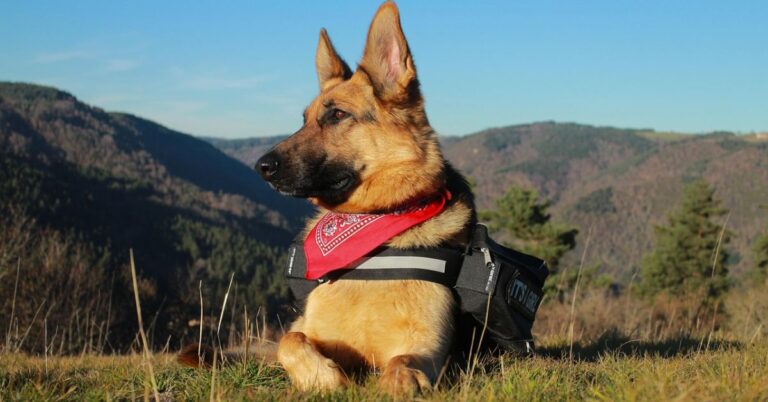The Complete Guide to Microchipping Your Dog
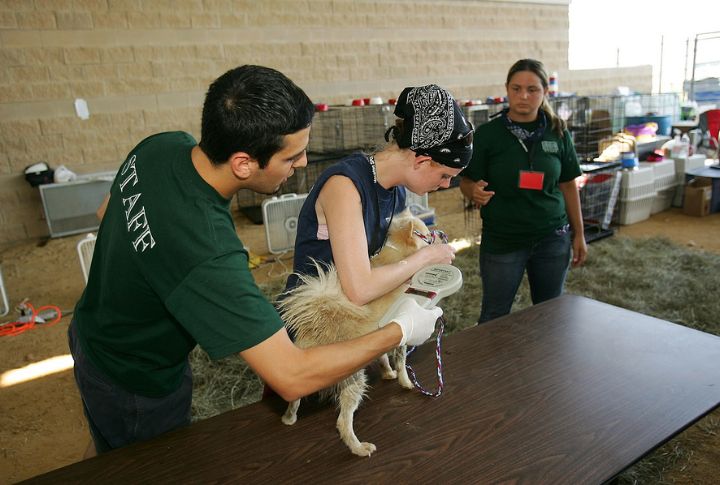
Have you ever worried about what would happen if your dog goes missing? Microchipping can give you peace of mind! This tiny chip could be the key to reuniting with your beloved pet. Here’s what you need to know about microchipping your dog and how it can keep them safe.
It’s a Quick and Simple Procedure
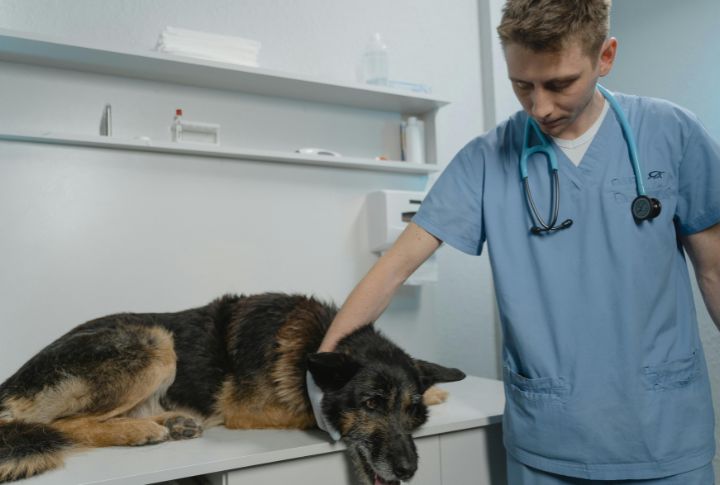
Getting your dog microchipped is quick and nearly painless, much like a routine shot. A vet inserts the chip under the skin with a needle in seconds. No anesthesia is needed, and your dog won’t notice it afterward. The chip is permanent and requires no upkeep.
Registration is Key

After microchipping your dog, it’s important to register the chip. The chip holds only an ID number, so you must add your contact information to make it effective. Keep this info updated, especially if you move or change numbers. Otherwise, the chip won’t help anyone reunite you with your lost dog.
It’s Not a GPS Tracker

Some believe a microchip works like a GPS, but it doesn’t track your dog’s location. Instead, it holds your contact information, so if your dog is found, they can be scanned and identified. Think of it as a permanent ID rather than a tool for tracking your dog’s movements.
It’s Affordable and Worth It
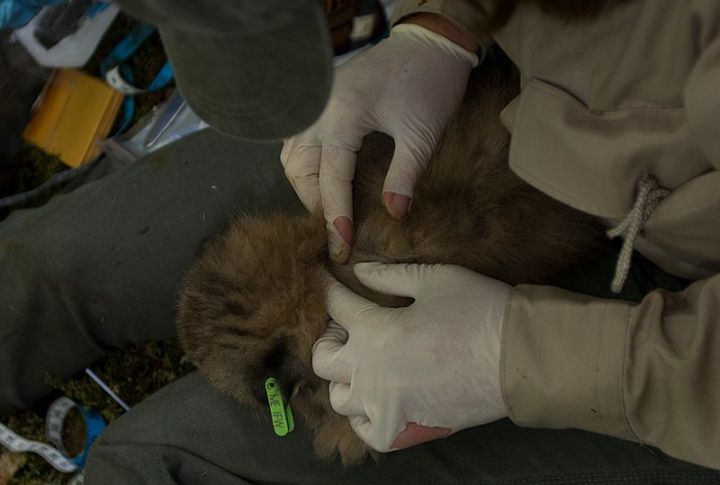
Getting your dog microchipped is a budget-friendly option, usually costing between $25 and $60. That’s a small price for the peace of mind, knowing you can be reunited if they ever get lost. Plus, some shelters offer discounts or include microchipping in the adoption process, so definitely ask about it!
It Doesn’t Hurt Your Dog
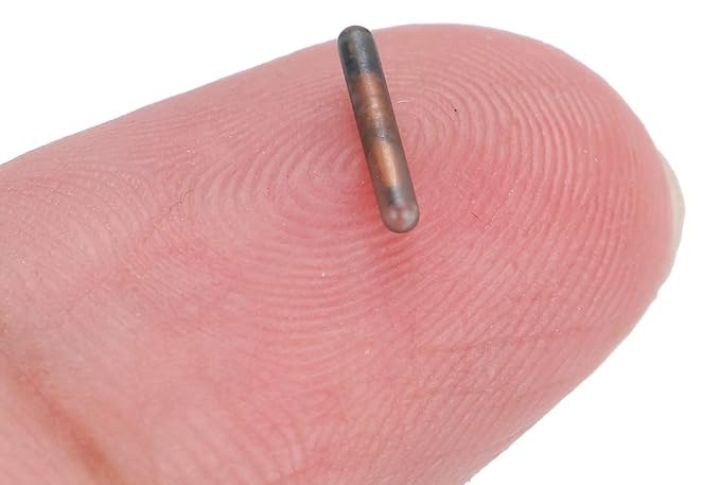
Once the microchip is inserted, your dog won’t feel it at all. It stays safely under the skin without causing pain or discomfort. The chip is made from pet-safe materials and won’t trigger allergic reactions or interfere with daily activities. In fact, your dog will completely forget it’s even there.
You Can Get Your Dog Chipped at Any Age
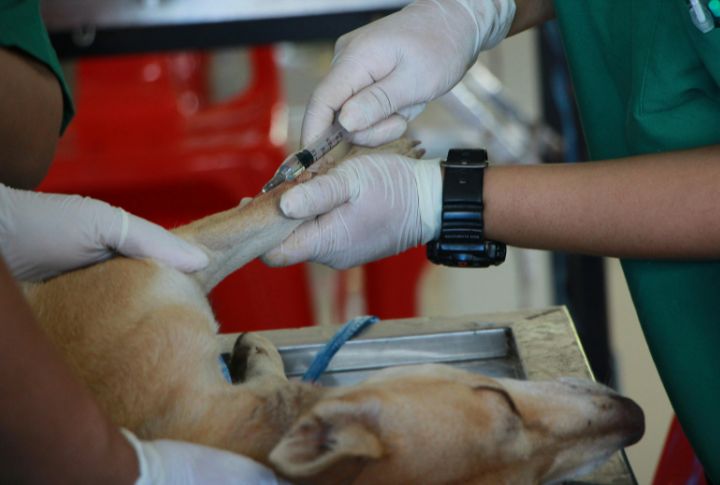
If you have a new puppy or an older dog, microchipping is an option at any stage of their life. This is often done during puppy vaccinations, but no worries if you missed that chance. You can microchip your dog at any time and give them an extra layer of protection.
Vets and Shelters Can Read the Chip
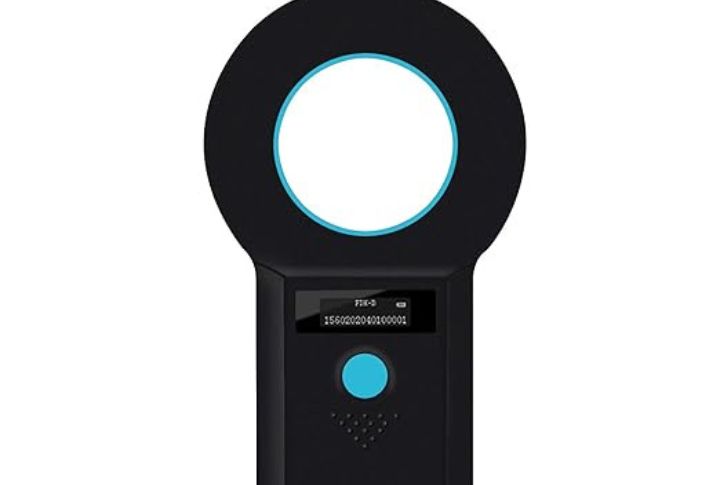
Most veterinary clinics and animal shelters have scanners to read your dog’s microchip. If someone finds your lost pet and brings it in, the staff will scan for the chip, look up the ID number in the database, and contact you. This process reunites thousands of pets with their families every year.
You Still Need a Collar and Tag
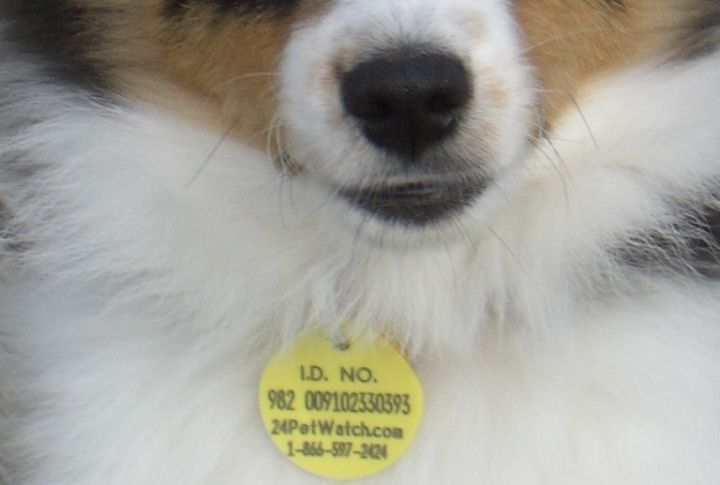
Even though microchips provide excellent permanent identification, your dog should still wear a collar and ID tag. A tag allows someone to contact you if they find your dog quickly. The microchip serves as a backup if the collar comes off or the tag is unreadable, ensuring the best chance of being returned home.
Not All Chips Are the Same
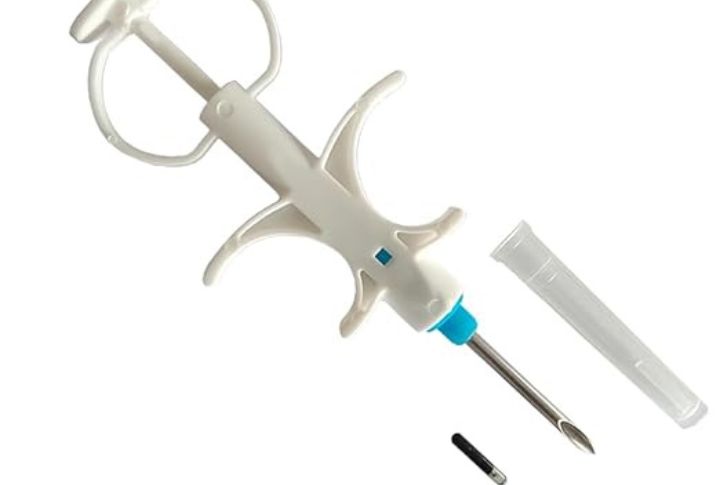
Did you know microchips come in different frequencies? Not all scanners can read every chip. Luckily, most vets and shelters use universal scanners that detect a wide range of microchips. When deciding where to microchip your dog, ask if they use a standard chip for easy scanning at shelters.
It’s Recognized Internationally
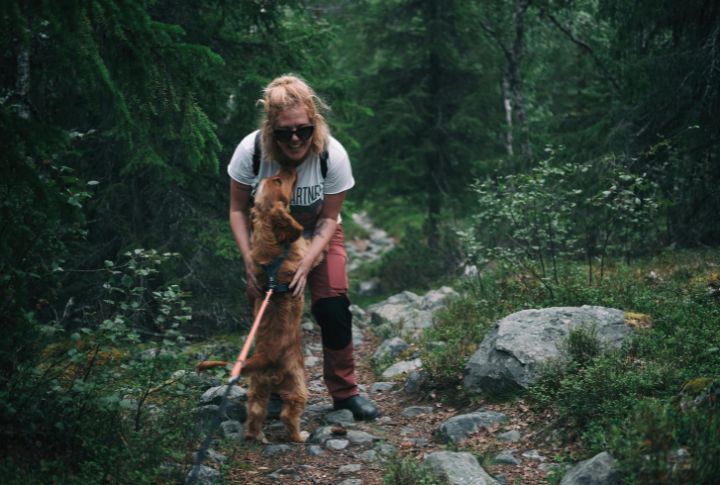
Microchips are recognized globally for those who travel frequently with their dogs or plan to move abroad. This means that even if your dog gets lost overseas, local vets or shelters can scan the chip and access your contact information. It’s a great way to protect your dog wherever you go.





